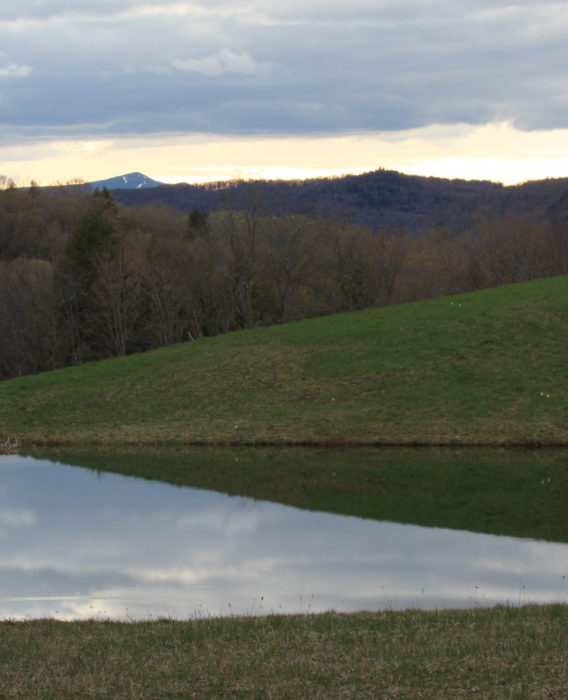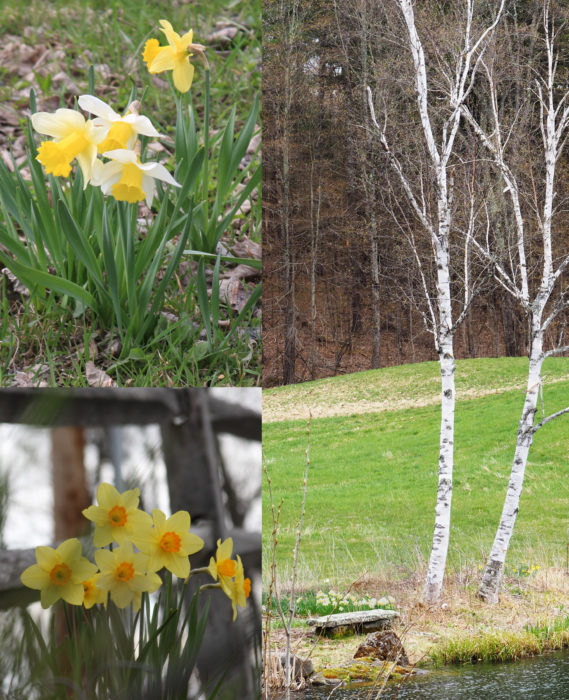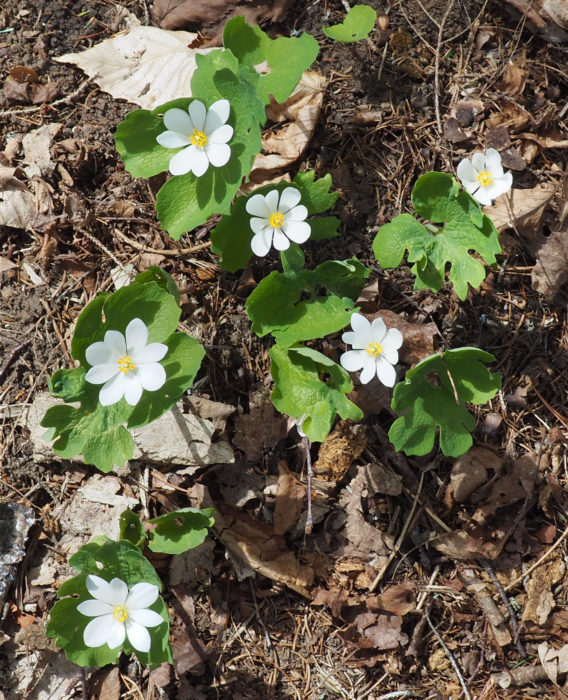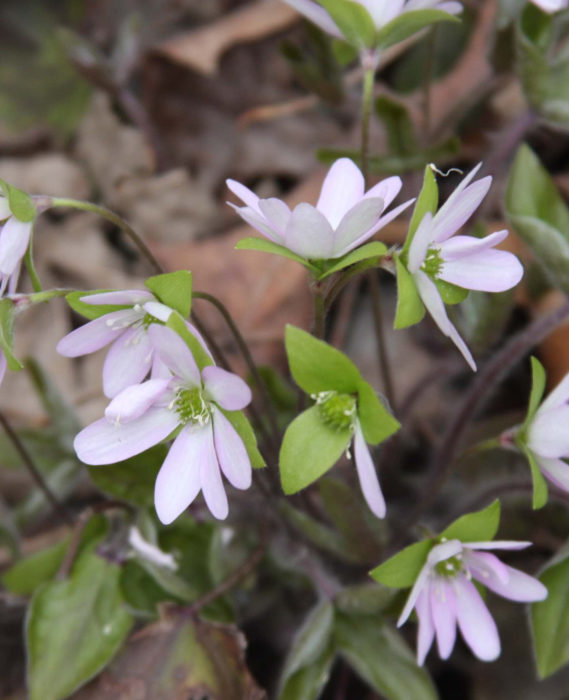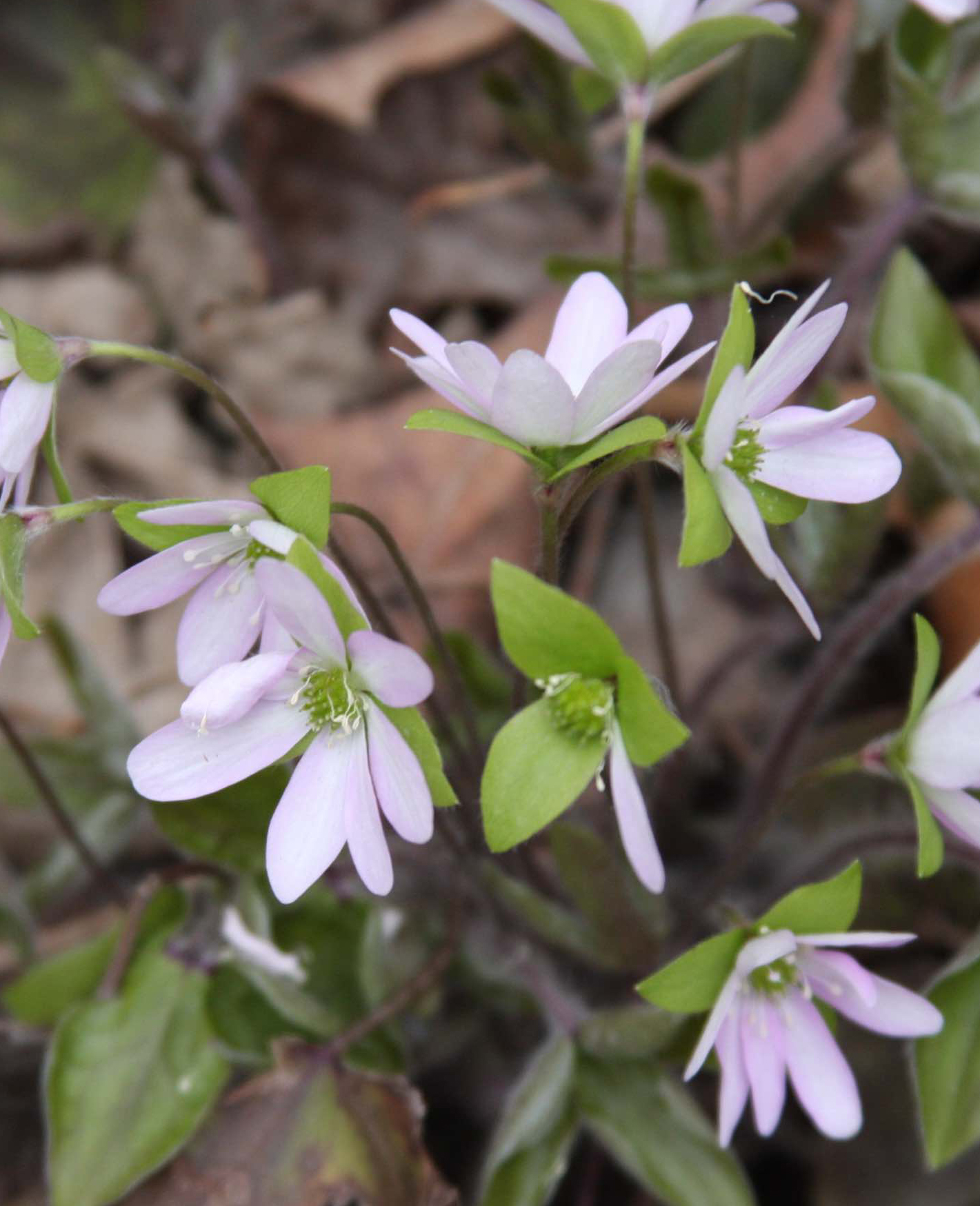
Portions of this piece first appeared in The Vermont Standard.
I’ve been walking around Woodstock, looking for signs of renewal. It’s mid-May and the official start of Spring was many weeks ago. Here’s a little about what I found along the roadsides, in the forest, and in my own front yard.
